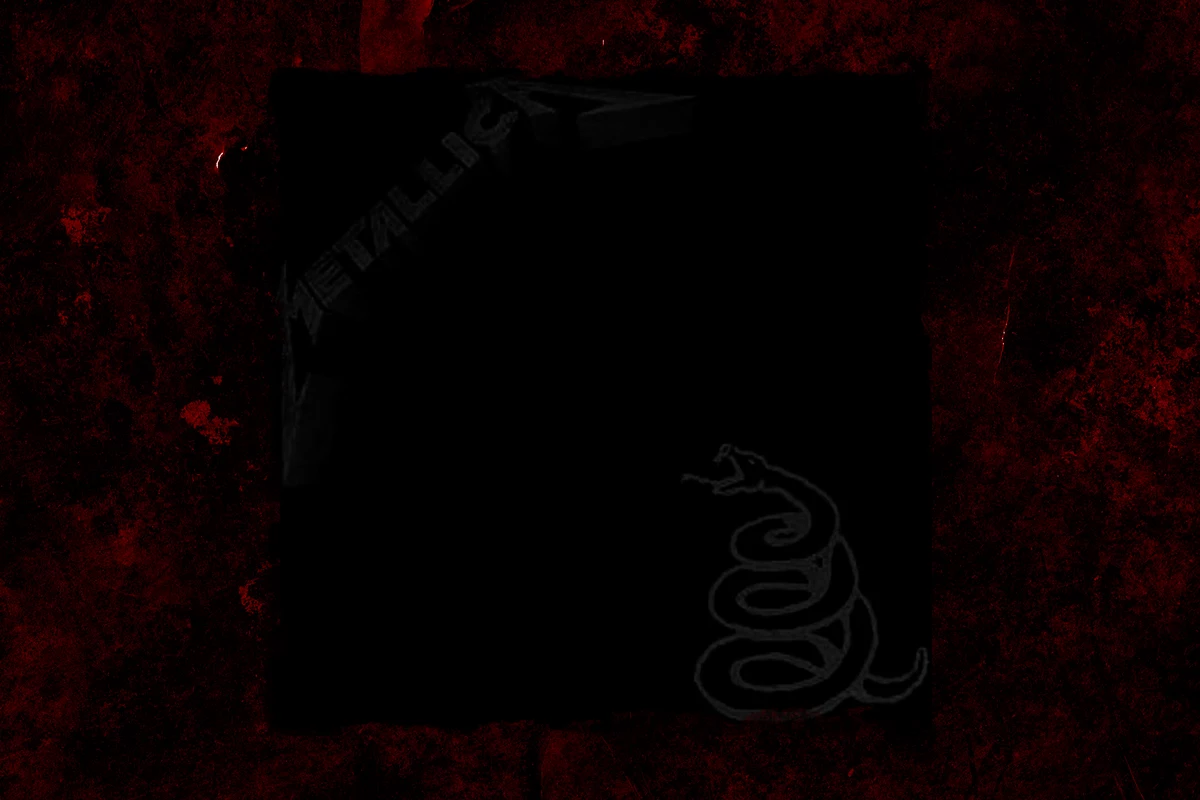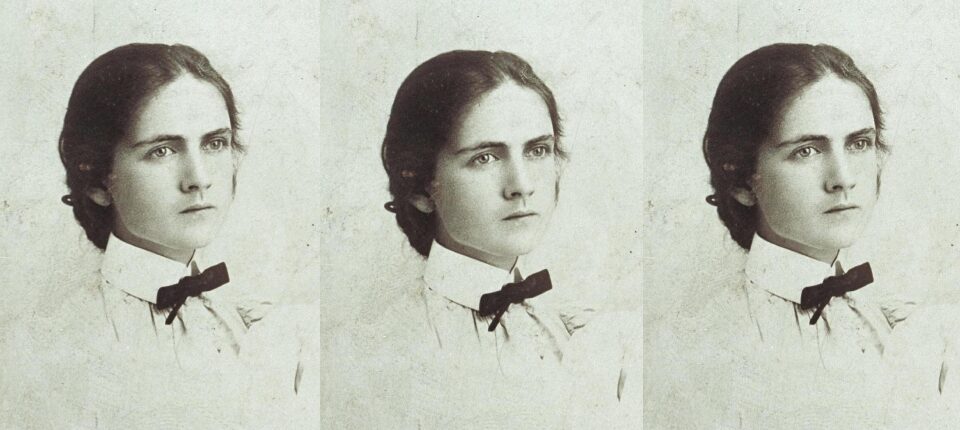It’s one of the biggest-selling albums of all time, but Metallica’s self-titled disc (aka “The Black Album”) marked a major turning point for the band long before it was released on Aug. 12, 1991. It was the first solid indication Metallica were no longer interested in writing pure thrash metal and wanted to reach a much larger, more mainstream audience.
The success of the “One” video from …And Justice for All helped Metallica rise to the top of the metal heap. At the risk of alienating some of its most loyal fans the band decided to join forces with uber-producer Bob Rock and make a slick, polished album full of more traditional anthems and ballads that were still heavy, but strayed significantly from the band’s roots.
Metallica started generating riffs and melodies for “The Black Album” while they were on tour for …And Justice for All. Many of the songs were solidified in the summer of 1990 and on Aug. 13, Metallica recorded demos for “Enter Sandman,” “Nothing Else Matters” and “Wherever I May Roam.” The last demo the band recorded before entering the studio was “Sad But True.”
Metallica, “Nothing Else Matters”
Since they felt well prepared, Metallica hoped recording the album would be a swift and enjoyable process. Neither were true, and during the sessions heated arguments with Rock erupted over the recording process, the sound of the songs and the quality of everything from the lyrics to the solos.
“The first thing that he told me was that he felt that we had never made a record that was up to his standards,” guitarist Kirk Hammett said in 2003. “That was a bit of a battle cry. We had never been challenged before and nobody ever really said, ‘Well you can also do it this way, and you can also try it in a different key or why don’t you try this kind of drum fill.’ We were like, ‘Why don’t you go f— yourself and stop telling us what to do. Just get us that bass sound like you got for the Mötley Crüe album.”
Rock had worked with difficult acts before, including Aerosmith, The Cult and the Crüe, and when he was challenged he held his ground. He convinced Metallica to try recording songs together instead of having each member track separately and urged Jason Newsted to think more like a bassist and less like a guitarist.
“He explained to me that James is the main songwriter, but I make the stuff strong. I put that muscle behind it. I give it the force it deserves,” said Newsted. “His guitar is big and huge and his voice is big and huge. He needs a big, thundering bass behind it. That was my job.”
Metallica was also open to Rock’s idea to tune down to “D” instead of making “E” the lowest chord they used. The move provided extra punch to “Sad But True.”
Metallica, “Sad But True”
But Hetfield wasn’t so thrilled when he was asked to tone down the lyrics to “Enter Sandman,” a song originally about crib death. Nor was he happy with the producer’s recommendation that he sit back and follow the drums instead of the other way around.
“I noticed that Lars played to James’ guitar, much like the way that Keith Moon played to Pete Townshend,” Rock told Music Radar. “That’s fine for some bands, but not every one. Lars wanted Metallica to groove more. AC/DC‘s ‘Back In Black’ was a big reference point as a rock record that grooved. I told him that in order to get that feel, he had to be the focal point musically. The band [had to] play to Lars.”
Metallica, “Enter Sandman”
Metallica spent more than eight months recording and re-recording songs for “The Black Album.” They tracked most of the album at One on One Recording Studios in Los Angeles, but they also spent a week working at Little Mountain Sound Studios in Vancouver, British Columbia. Even after they were done recording all of their parts Metallica and Rock weren’t happy with the tone of the album. That only came together after three complete remixes that cost over $1 million.
“The goal from the start was to get this thing perfect,” Hammett said. “Even though we had our problems with Bob, we knew that he was the person who could get that done.”
Metallica, “The Unforgiven”
Whether it was the alignment of the planets, the cultural climate of the times or a pact with the devil, Metallica achieved all of their goals with “The Black Album” and then some. In an age of dwindling metal popularity tracks like “Sad But True,” “Don’t Tread on Me” and “Of Wolf and Man” struck a mighty blow for the headbangers of the world, and songs such as “Enter Sandman,” “Nothing Else Matters” and “The Unforgiven” established Metallica with fans of more commercial rock radio. Even the phenomenon of grunge couldn’t quench the blaze Metallica created.
And through the dawning of nu-metal, black metal, metalcore and new American metal, “The Black Album” has prevailed and remained a favorite of both new and old metal fans and musicians.
“That album was so big and so amazing,” the late Avenged Sevenfold drummer The Rev told me in 2006. “Those songs were the first things I ever learned on drums. And it was so exciting to be able to play them.”
“If I hadn’t gotten ‘The Black Album.’ I wouldn’t have gotten into metal, seriously,” Trivium frontman Matt Heafy told me in 2005. “I wouldn’t have started playing guitar and I would never have gotten into Trivium.”
To date, “The Black Album“ has sold over 30 million copies worldwide. In 2014, it became the first record to sell over 16 million copies since SoundScan started charting record sales in 1991. In addition, the disc has spent the most weeks, 307, on the Billboard 200 chart during the SoundScan era. That makes it the third-longest-charting studio album behind Pink Floyd’s Dark Side of the Moon and Carole King’s Tapestry. And according to Billboard, as of February 2014, the record was selling an average of two to three thousand copies per week.
Loudwire contributor Jon Wiederhorn is the author of Raising Hell: Backstage Tales From the Lives of Metal Legends, co-author of Louder Than Hell: The Definitive Oral History of Metal, as well as the co-author of Scott Ian’s autobiography, I’m the Man: The Story of That Guy From Anthrax, and Al Jourgensen’s autobiography, Ministry: The Lost Gospels According to Al Jourgensen and the Agnostic Front book My Riot! Grit, Guts and Glory.
























































